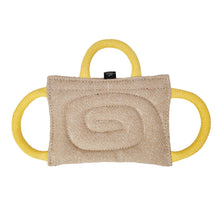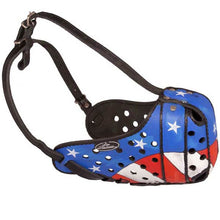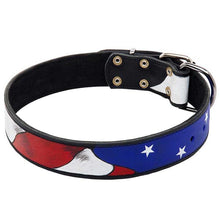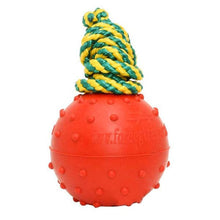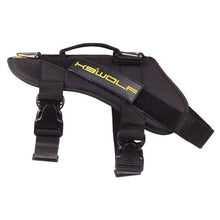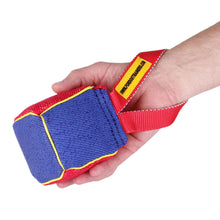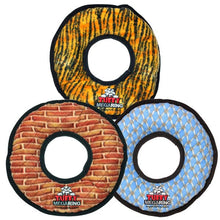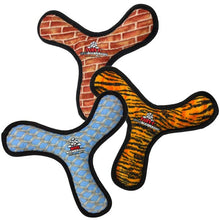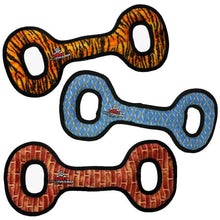Winterizing Your Dog: Tips for a Safe and Cozy Season
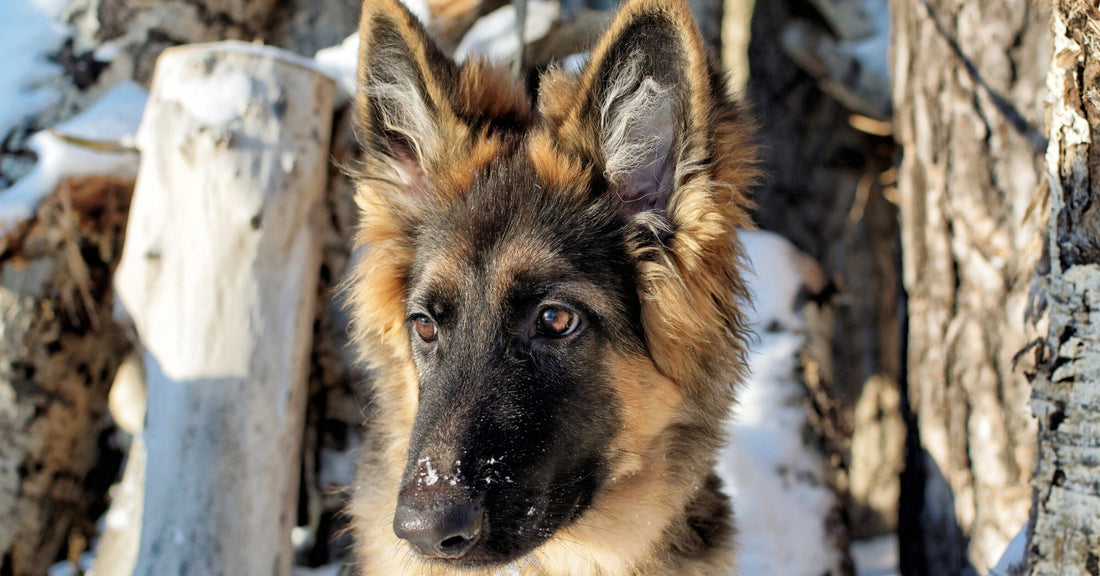
There’s no escaping that the frosty days of winter are coming. And, depending on where you live, you may soon have to deal with ice, snow, sleet, and chilly winds. But the good news is, there are ways to help keep your pup warm and cozy all season long.
Just like people, dogs can be greatly affected by cold temperatures. Despite their ability to acclimate to cold weather, they can suffer from hypothermia and cold-related injuries are not that uncommon.
Young, old, arthritic, and dogs with heart disease are especially vulnerable to cold temperatures. But, any dog whose body temperature drops below 99 Fahrenheit is at risk of hypothermia. Hypothermia is serious and can result in frostbite, brain damage, cardiac and respiratory failure, coma, and even death.
The normal body temperature of a dog is 100 F – 102.5 F. If a dog’s body temperature falls below that, they will need to be warmed up as soon as possible. If they have signs of hypothermia, it is a medical emergency requiring evaluation and care by a veterinarian.

The symptoms of hypothermia are:
- Lethargy
- Whining/barking
- Anxiety/fear/panic
- Shivering/chills
- Muscle stiffness
- Difficulty walking
- Decreased activity
- Muscle stiffness
- Stiff posture
- Low blood pressure
- Pale skin and gums
- Pain when touched
- Labored breathing
- Fixed, dilated pupils
- Shock
- Loss of consciousness
- Coma
All dogs handle the cold differently. Since German shepherds have thick double coats most can handle the cold well and even enjoy spending time outdoors in the winter. But, that doesn’t mean they’re not vulnerable to frostbite or hypothermia or should be left exposed to the elements.
How to Keep Your Pet Safe and Warm All Winter
To help you protect your dog from cold weather, here are our favorite tips to help you keep your dog safe and warm all winter long:
- Watch the elements as well as the temperature
The temperature on the thermometer shouldn’t be your only concern. Many factors can cause your dog to get too cold. These include wind chill, dampness, rain, cloud cover, and activity level. All of these can cause your dog to experience a drop in body temperature when it doesn’t seem it should be by the temperature gauge.

- Limit exposure to the outdoors on cold days
Although moderate cold temperatures should not become a problem for most dogs, if the temperature falls below 45° F, young, old, arthritic, or those suffering from health problems can get too cold. If the temperature falls below that, dogs should not be left outside without a warm shelter and should be monitored. If the temperature dips below 25 F, limit exposure to monitored breaks.
- Keep your dog dry
Most German shepherds love to play in the cold and snow. And, that can mean getting wet. After play times, dry them off so that they can warm up once back inside. This will also help prevent frostbite and prevent them from getting chilled the next time they go outside.
- Jacket
If your dog is sensitive to cold or will be outdoors for very long, consider investing in a well-fitting, windproof jacket. This will help protect their vital organs and help keep them toasty while they enjoy playing outdoors.
- Booties
Dog booties are more than a fashion statement. They can help protect paws from the cold, prevent cuts and abrasions, and provide traction on slippery surfaces. Older dogs are those suffering from health problems can really benefit from paw protection. Booties also protect paws from salt and chemicals.

- Scatter rugs and runners
Investing in scatter rugs and runners is a great way to prevent your dog from slipping on wet floors and will help you keep your home clean and dry. There are low-cost, nonslip rugs that can be used seasonally.
- Good grooming is a must
If your dog is well groomed and the fur on their pads is trimmed, it will help you keep them clean, dry, and prevent ice balls from forming. Trimmed nails will also help keep them from slipping due to poor traction.
- Paw care
After dogs come inside, their paws should be cleaned if they’ve been exposed to salt or other chemicals. Paw balms can also help moisturize and soothe irritated, cold skin. Keep in mind, some paw balms can be slick so they are best used at bedtime when your pet will be on the carpet.
- Beware winter toxins
During winter, keep your eyes open for potential hazards since there may be opportunities for your dog to inadvertently ingest a toxin such as antifreeze, de-icing chemicals, salt, xylitol (an artificial sweetener found in holiday treats and peanut butter), poinsettias, and other plants poisonous to dogs, and much more.

- Provide plenty of water and food
Extreme temperatures can cause dehydration and that includes cold, even in the snow. The heater indoors can also be drying to the skin. Be sure your dog has extra fresh water to keep them hydrated. Dogs may also burn more energy in winter and need a little extra food if they start losing weight.
- Supplements
Supplements that support skin health, such as omega-3 fatty acids, can help soothe dry skin and coat as well as reduce inflammation. Glucosamine, chondroitin, MSM, and green-lipped mussel can also help keep joints lubricated year-round.
- Comfy bed
A comfortable dog bed will provide your pet with a spot that is insulated from the cold floor and will help them warm back up after being outdoors. This is especially important for older or cold-sensitive dogs whose joints may be sore. It’s helpful to invest in a bed that has a washable cover so you can keep it clean and dry during the winter time as well as year-round.
- Potty area
If you have an old or disabled dog ice and snow can be difficult to navigate. When you are expecting a freeze, create a de-iced path for your dog to walk on. By placing a tarp over a grass patch, you can create a safe place for your dog to take their potty breaks.

- Warm shelter
Dogs are family and should never be left outdoors in cold weather. But if you insist, at minimum, create a warm space for them to shelter in, such as a heated garage or heated dog house. Bringing them indoors is your best bet, even if they have to shelter in a kennel, laundry room, or bathroom during cold weather.
We hope these tips help you keep your dog safe and warm this winter. Please feel free to share with your friends.
You might also like: Human Foods You Can Add To Your Dog's Kibble To Enhance Their Health








